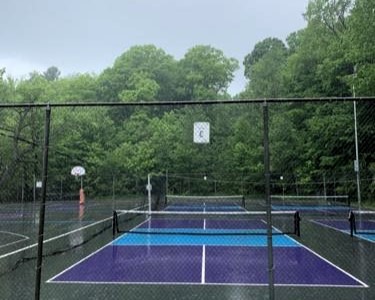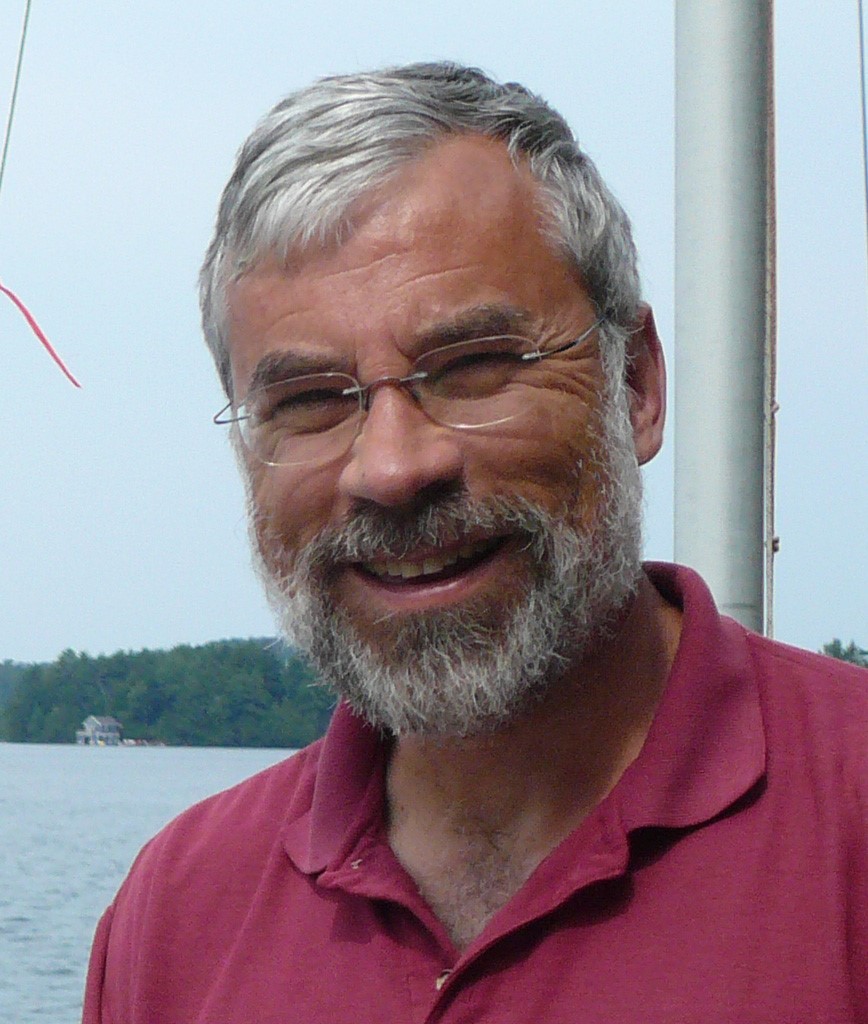Our bodies are inseparable from our environment.
Human health and environmental health are inseparable.
By Geoff Ross.

The alveoli of your lungs provide an area the size of a tennis court by which the air you breathe becomes part of your blood.
Photo by Geoff Ross.
People generally recognize that our environment is important, but most think of it as being separate from ourselves. The idea that we exist separate from our environment is an illusion. We are a part of it, and it is a part of us.
The World Health Organization recently declared that air pollution globally causes at least seven million premature human deaths each year. Polluting our environment means polluting ourselves, and paying the price with our health.
Our environment becomes a part of us through the food we eat, the air we breathe and the water we drink. Across the vast, one-acre surface area of our small intestine, virtually all of what we eat and drink, other than fibre, is absorbed into our blood. Some substances that are harmful or not needed are removed by the liver and kidneys, but may stay in the blood long enough to cause damage. Others are ingested in small amounts and build up in our bodies over time. We can, and should, be careful about what we eat and drink. In Canada, most food and drinking water are monitored and controlled for known hazards. But a wide range of lesser-known contaminants, both natural and synthetic, are not monitored or controlled and may remain in our food and water. Some of these become part of us.
Staying alive means breathing the air around us each minute of every day. That air passes to the smallest parts of our lungs, called the alveoli. These have extremely thin cell walls covered with blood vessels, and a surface area the size of a tennis court. This promotes the free transfer of oxygen from air to the blood, and the release of carbon dioxide from the blood to the air, where it is then exhaled. The proximity between blood and air means there is little separation between our environment and our bodies. Contaminants in the air we breathe will soon be in our blood. This includes both gases, and very small solid particles. Even particles too large to pass through cell walls and into the blood, such as smoke or dust, still become a part of us by lodging in lung cell walls, where they cause irritation and inflammation. This impairs the ability of the lungs to transfer oxygen. A harmful part of our environment thus becomes part of us, sometimes with fatal consequences.
Our skin, which we usually think of as a protective barrier, is actually an organ of our body, like our liver and kidneys, and can allow our environment to enter our blood. Just one drop of the organic lead compound formerly added to gasoline can cause death when absorbed through the skin.
The many systems that keep our body within the narrow temperature range essential for life can be overwhelmed by severe heat or cold. Heat is the more serious threat. Death rates globally are now increasing among people whose bodies cannot respond adequately to heat episodes associated with climate change. The elderly are particularly vulnerable.
Further concerns relate to microplastics. Fibres from the breakdown of plastic waste or even from the clothes we wear and wash are showing up in our bodies.
We need to understand that our bodies are inseparable from our environment. If we contaminate our environment, we contaminate our bodies. Keeping ourselves healthy requires keeping our environment healthy.

This article is one of Muskoka Watershed Council’s summer 2024 series on “Living in a Changing Watershed” published on MuskokaRegion.com. This week’s article was contributed by Geoff Ross, a retired professional engineer and past chair of the Muskoka Watershed Council. He holds a master’s degree in human physiology and endocrinology. Series editor is Neil Hutchinson, a retired aquatic scientist, Bracebridge resident and council director.
